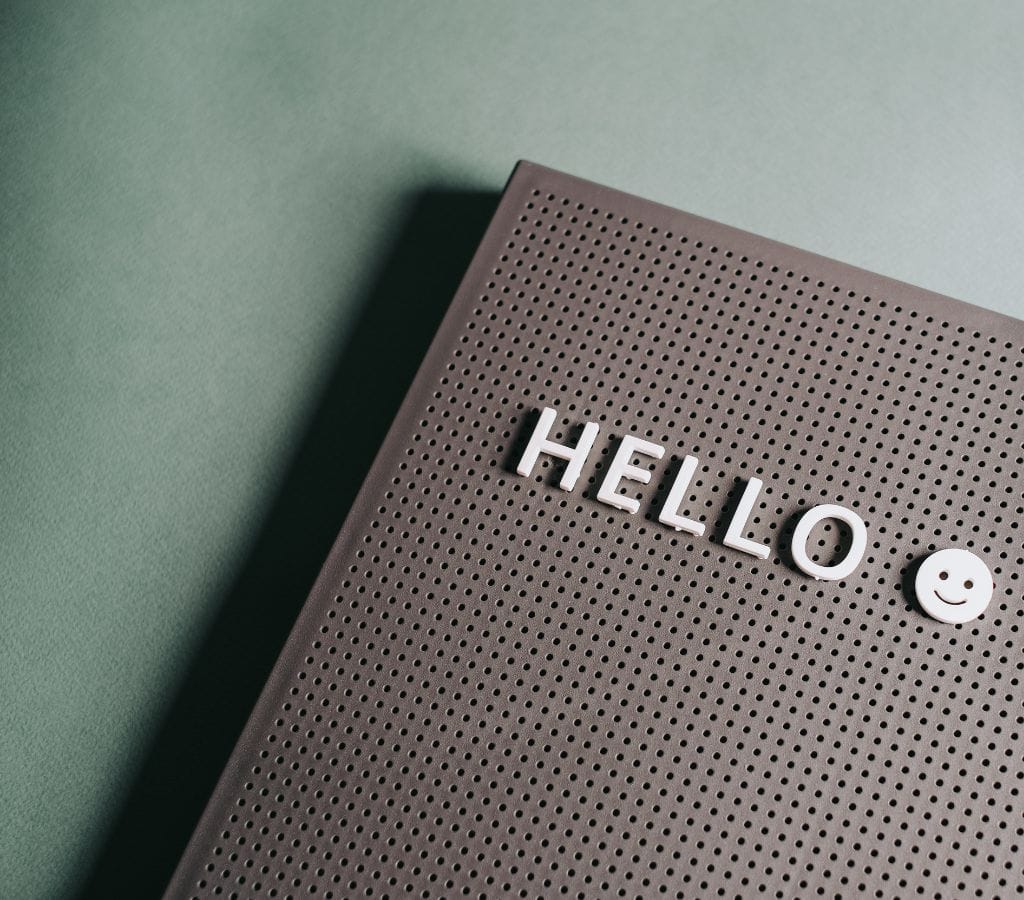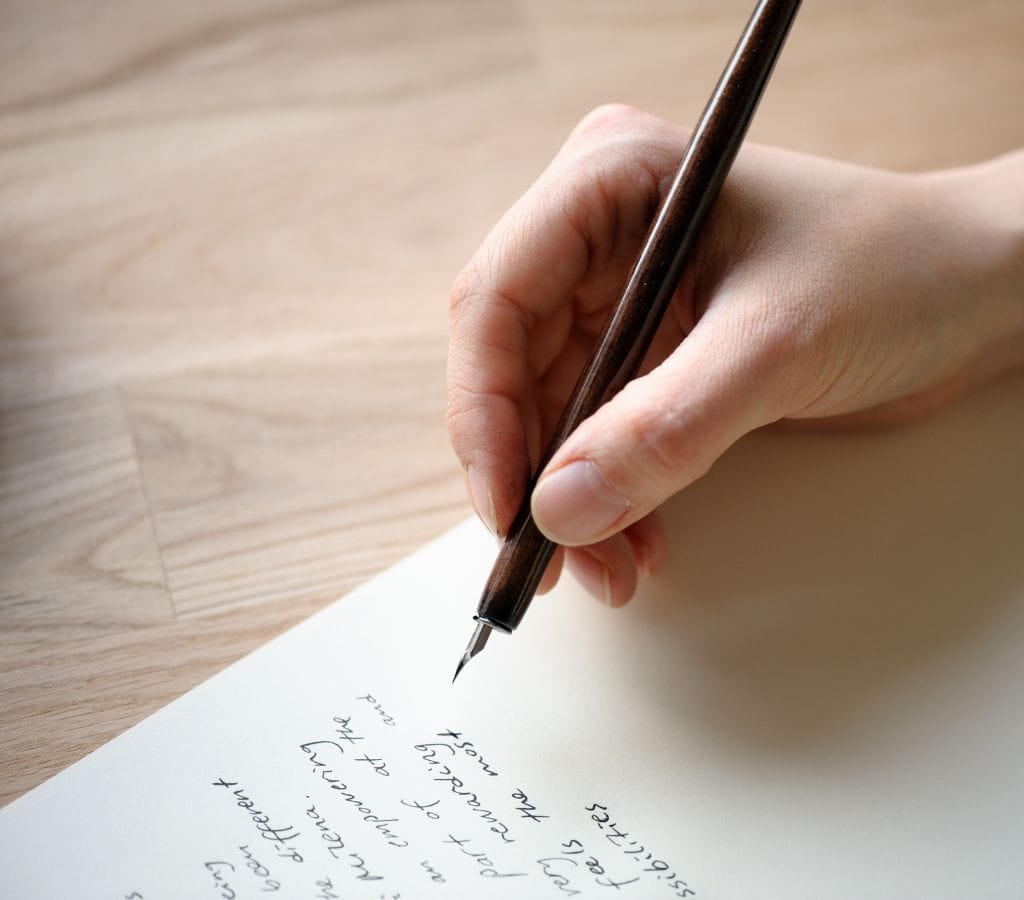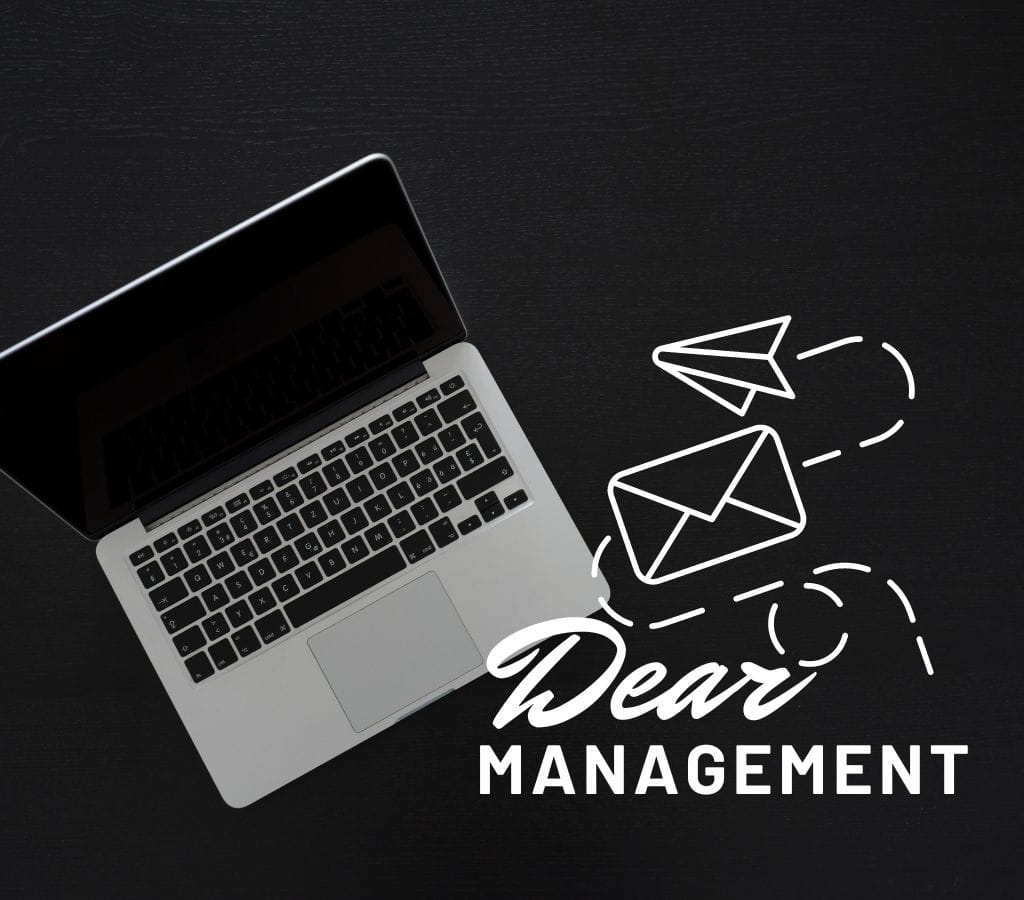When it comes to writing a professional email, the first impression is crucial. The greeting you choose can set the tone for the entire message, influencing how your recipient perceives your professionalism and the following message.
In this post, we will delve into how to write formal email greetings and give you a tutorial on how to start a professional email effectively.
Why are Formal Greetings in Email Important?
A formal greeting in an email is more than just a polite beginning; it is a strategic move that can significantly impact the recipient's response. It establishes a professional tone, which is essential for business communications. Whether you are sending an email to a client, a colleague, or a potential employer, the greeting you choose can make or break the impression you want to create.

Types of Formal Email Greetings
There are several types of formal email greetings that you can use, each with its own level of formality and suitability for different contexts. Here are some of the most common ones:
- Hello [Name]
- Example: "Hello John,"
- Usage: Suitable for most professional emails where you know the recipient's name.
- Hello All
- Example: "Hello all,"
- Usage: Ideal for group emails where you are addressing multiple recipients.
- Dear Mr./Mrs. [Name]
- Example: "Dear Mr. Smith,"
- Usage: Formal and respectful, often used when addressing someone you don't know well or in a more traditional setting.
- Dear Sir or Madam
- Example: "Dear Sir or Madam,"
- Usage: Very formal and often used when the recipient's name is not known or when addressing a group.
- Good Morning/Afternoon/Evening
- Example: "Good morning,"
- Usage: Polite and appropriate for emails sent during the respective times of the day.
- Greetings
- Example: "Greetings,"
- Usage: Common in formal emails, especially when addressing a group or when you don't know the recipient's name.

Choosing the Right Formal Greeting
The choice of greeting depends on several factors, including the recipient's name, your relationship with them, and the purpose of the email. Here are some tips to help you decide:
- Know Your Recipient: If you know the recipient well, an informal greeting such as "Hi" or "Hey" might be suitable. However, if you are writing to someone you don't know well or in a more formal context, a more formal greeting is advisable.
- Purpose of the Email: The tone of your greeting should reflect the content and purpose of your email. For example, if you are sending good news, a more positive and upbeat greeting can set the right tone.
- Company Culture: Consider the culture of your company and the industry you are in. Some industries may prefer more formal greetings, while others may be more relaxed.

Examples of Formal Greetings in Email
Here are a few examples of how to write email starters in a professional email using different greetings:
- Formal Greeting:
- Example: "Dear Mr. Smith,"
- Content: "I hope this email finds you well. I am writing to inquire about the possibility of collaborating on a new project."
- Informal Greeting:
- Example: "Hi John,"
- Content: "I hope you're doing well. I wanted to follow up on our previous discussion regarding the new product launch."
- Group Email:
- Example: "Hello all,"
- Content: "I hope this email finds you well. I wanted to share some exciting news about our upcoming event."

How to Start a Formal Email?
Once you have chosen your greeting, it's time to craft the opening line of your email. Here are some tips to help you get started:
- Be Clear and Concise: Your opening line should clearly state the purpose of your email. Avoid using jargon or overly complex language.
- Personalize: Address the recipient by their name if possible. This adds a personal touch and shows you have taken the time to tailor your message.
- Show Respect: Use polite language and avoid being too casual unless you are sure the recipient will appreciate it.
- Provide Context: Give the recipient some context about why you are emailing them. This helps them understand the relevance of your message.

Writing a Clear and Effective Subject Line
When you start a formal email, you need a subject line that is clear and to the point. The subject line is the first thing people see when they open your email, and it can have a big impact on whether it is read or sent to the spam folder. This part will talk about the subject line in professional emails, give you some tips on how to write a good formal email, and point out some mistakes you should never make.
Role of the Subject Line in Formal Emails
- Getting people's attention: A good subject line gets people's attention and makes them want to open your email. It should say what your message is about or what is important.
- Setting expectations: The subject line tells the receiver what to expect from the email. It makes your message more clear and helps them understand how important and urgent it is.
- Sorting and categorizing emails: When someone has a lot of emails, a good subject line helps them sort and select them. It lets them quickly recognize and find your email when they need to.
Tips for Writing a Compelling Subject Line
- Keep it short and clear: Short and to the point is best for your subject line. Make the point or subject of your email very clear and to the point.
- Draw attention to the main point: In the subject line, make sure to say what information or action is most important. This helps the person who gets your email quickly understand what it's about.
- Strategically use keywords: Use important keywords in the subject line that the recipient is likely to understand. This might make it more likely that someone will open and read your email.
- If necessary, show urgency: Consider putting "urgent" in the subject line of your email if it needs to be read right away or within a certain amount of time. But don't use this too much; only use it when you need to.
- Personalize as needed: You might want to personalize the subject line if you already know the person who will be receiving it. This can help people feel like they know and understand what's being said.
Common Mistakes to Avoid
- Vague subject lines: Don't use vague or general subject lines that don't make it clear what the email is about or what it's for. This could cause your email to be missed or not responded to at all.
- Using all caps or too many exclamation marks: Using a lot of capital letters or symbols in the subject line can make it look like you are yelling or desperate. Use the right punctuation and letters.
- Sending confusing subject lines: Do not trick or fool people with misleading subject lines. In addition to hurting your credibility, this could also hurt your business relationship.

Using Professional Language and Tone
When you start a formal email, you need to use professional language and tone. It shows your competence, respect, and credibility. This part will talk about how important it is to use professional language and tone, give you tips on how to keep a professional tone and point out common mistakes you should avoid.
Why Professional Language and Tone are Important?
- Setting up trustworthiness: Using professional language and tone helps people believe you are an expert in the field. It shows that you are very professional and take your conversation very seriously.
- Trust-building: A skilled tone makes the other person feel good about themselves. Trust is built, and people have a good opinion of you and your company.
- Keeping boundaries: Using professional language and tone in your conversation shows that you respect boundaries and keep things at the right level of formality.
How to Keep a Professional Tone?
- Show respect and courtesy: When you write your email, use polite words and phrases. Please make sure to include the right greetings, thanks, and closing comments.
- Avoid using slang and casual language: Don't use slang, jargon, or wording that sounds too casual. Use clear, brief, and formal formal wording that everyone can understand.
- Use correct language and punctuation: Check your email for spelling and grammar mistakes. Proper punctuation and sentence structure will help you get your point across clearly.
- Keep it short and to the point: To respect the other person's time, keep your email short and to the point. Don't go on and on or include information that isn't connected.
- Maintain a professional tone even in difficult situations: If you come across a difficult or sensitive topic, it's critical to remain professional and respectful. Instead of using hostile or argumentative language, try to find answers or areas where everyone can agree.
What Common Mistakes to Avoid?
- Overusing formal language: It's important to be professional, but using too much formal language can make you sound stiff or robotic. Strive for a balance between professionalism and friendliness.
- Using too many question marks or emoticons: In business letters, don't use too many exclamation points and emoticons. They might not sound professional and could be seen as childish or disrespectful.
- Being unclear or hard to understand: Don't use words or language that is too hard to understand because it could turn the person off. Choose wording that is clear, brief, and easy to understand.
Starting a professional email with the right greeting is crucial for making a positive impression. By understanding the different types of formal greetings and choosing the appropriate one based on your relationship with the recipient and the purpose of the email, you can set the tone for successful communication. Remember to keep your opening line clear, concise, and respectful.

